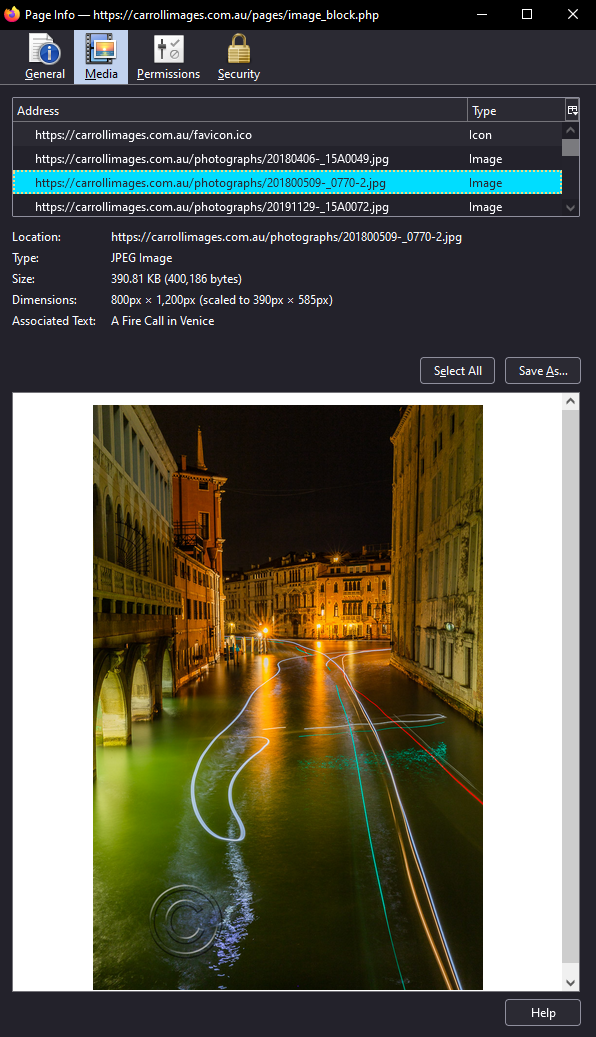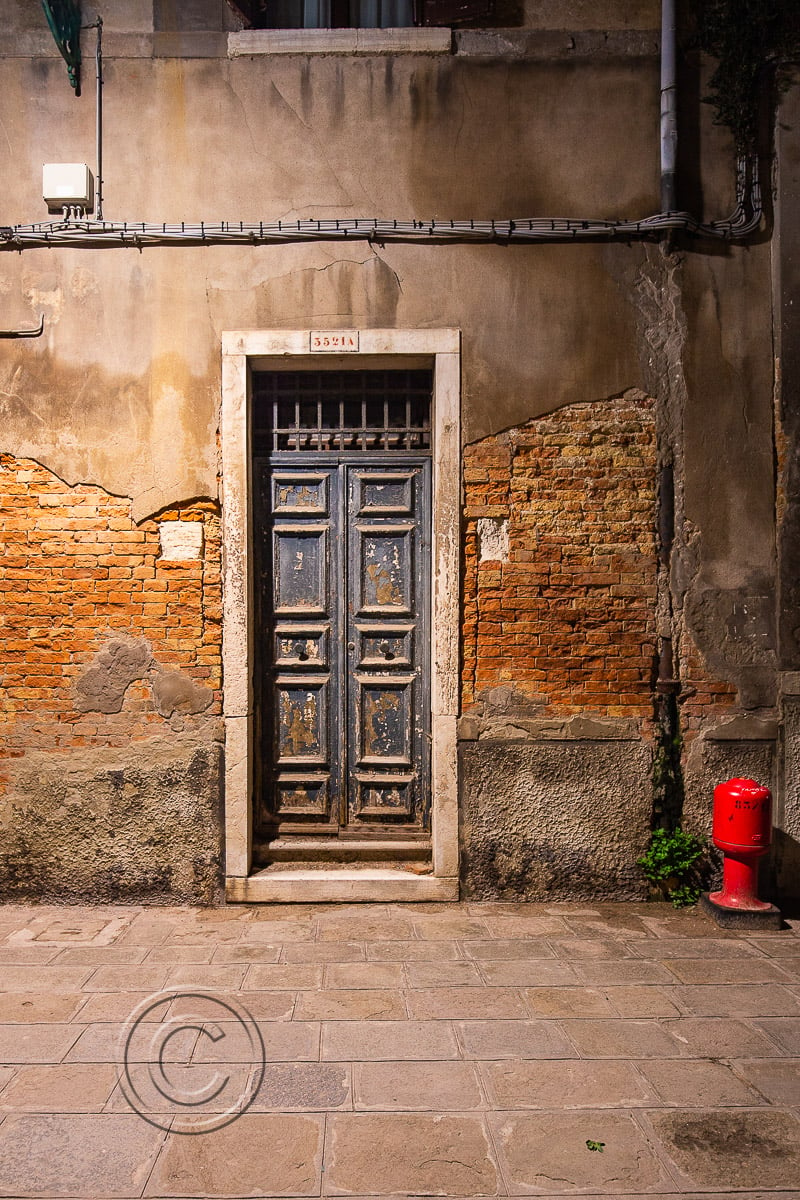I have a script that delivers an empty gif file when an attempt is made to download an image ("Save image as..."). Here is a link to my page. Try to save either of the first two images from the screen (not screenshots). I have been told that this is not possible and I am beginning to doubt my sanity. What do you think? Please comment if it does or does not work for you.
facarroll 0 Junior Poster in Training
Recommended Answers
Jump to PostTry yourself what happens if you disable javascript in your browser.
Jump to PostI agree with everyone else, you can never prevent downloading, since the browser has to download, but you can make it harder for people to save and re-use the images. Here's a PHP script using standard PHP GD library, nothing special. It will break the image down into small chunks …
Jump to PostAnother solution might be to just show smaller, low resolution versions of images, and only the full resolution if the person has paid for it.
All 11 Replies
pritaeas 2,211 ¯\_(ツ)_/¯ Moderator Featured Poster
AndreRet 526 Senior Poster
jkon 672 Posting Whiz in Training Featured Poster
rproffitt 2,701 https://5calls.org Moderator
facarroll 0 Junior Poster in Training
rproffitt 2,701 https://5calls.org Moderator
john_111 88 Junior Poster in Training
gottaloveit 44 Newbie Poster
Dani commented: Creative solution! +34
john_111 88 Junior Poster in Training
Theo_6 0 Newbie Poster
Dani 4,653 The Queen of DaniWeb Administrator Featured Poster Premium Member
Be a part of the DaniWeb community
We're a friendly, industry-focused community of developers, IT pros, digital marketers, and technology enthusiasts meeting, networking, learning, and sharing knowledge.



